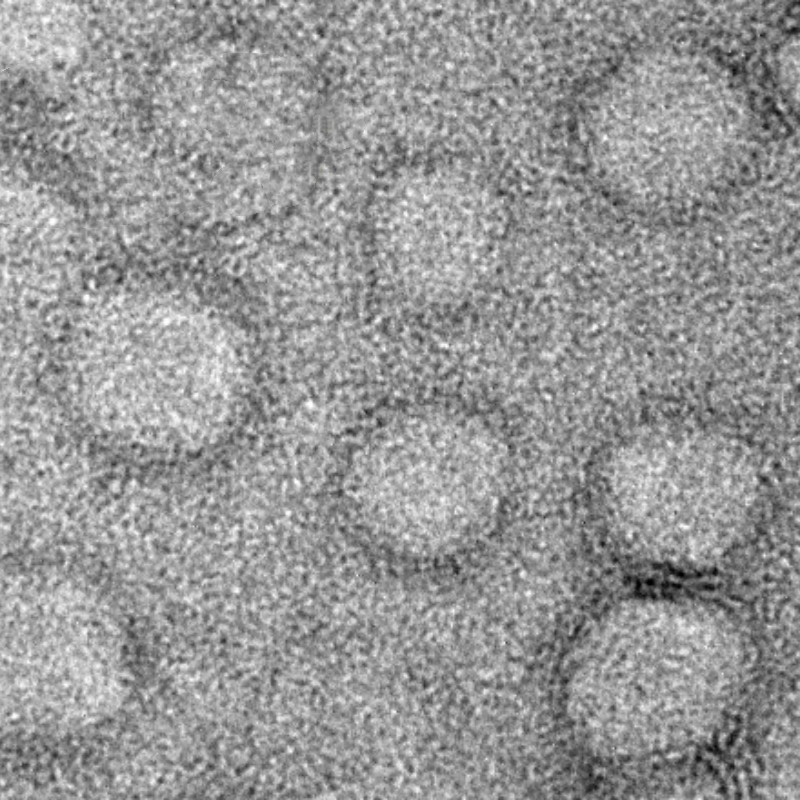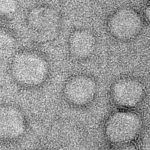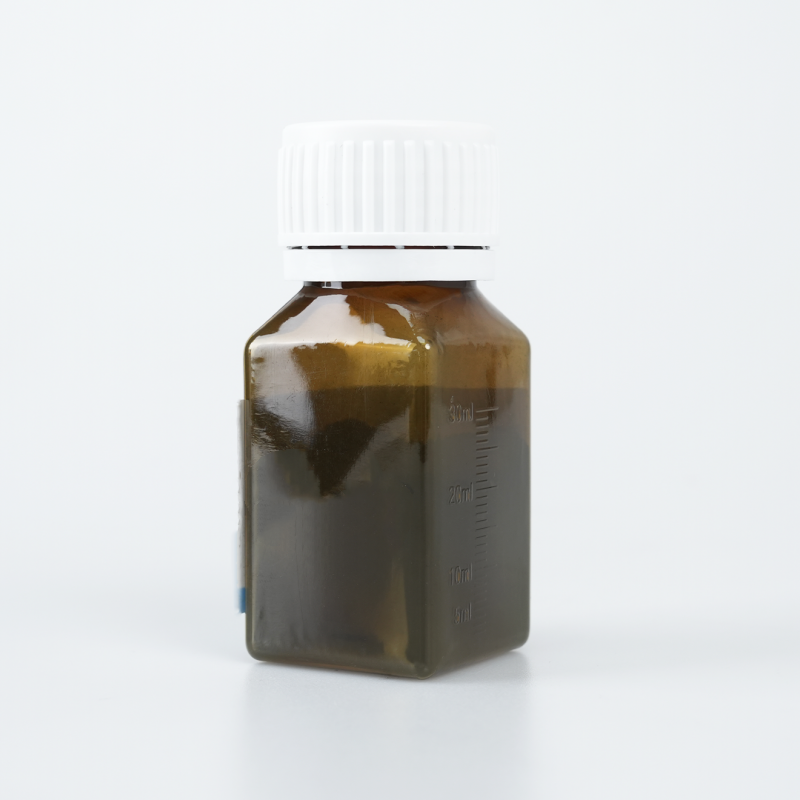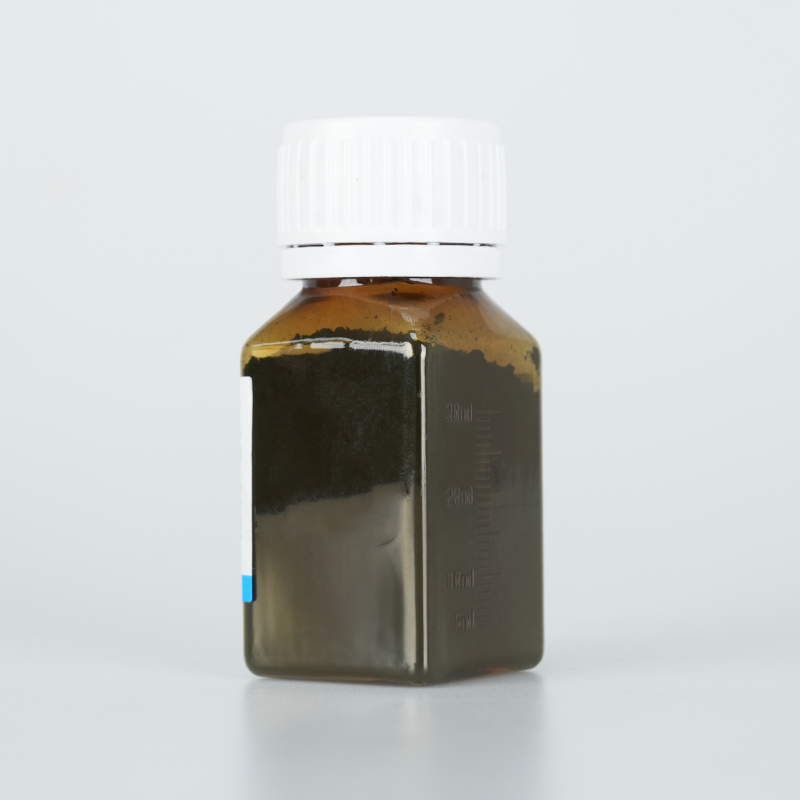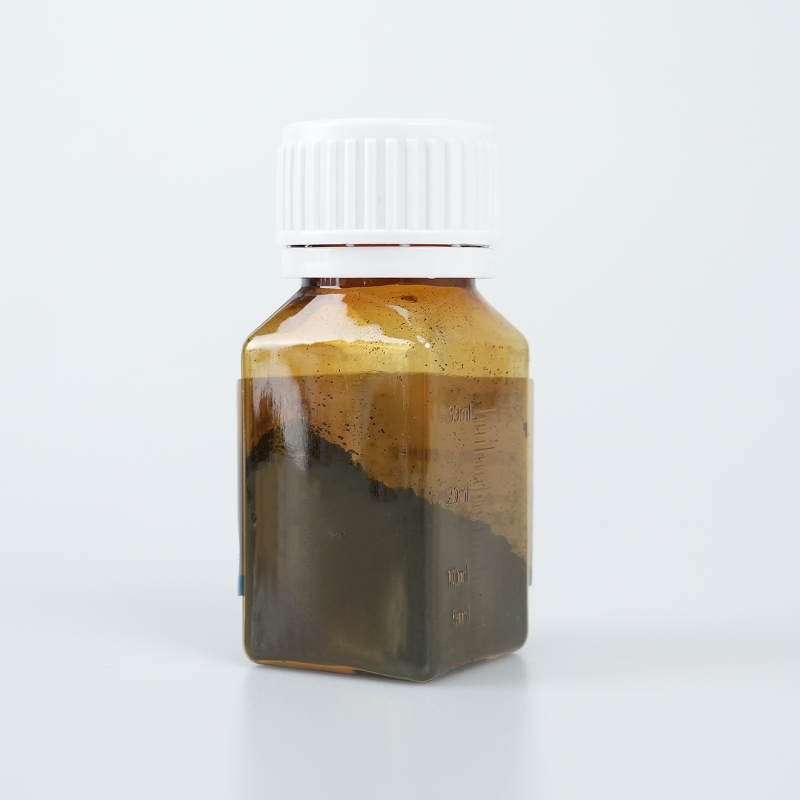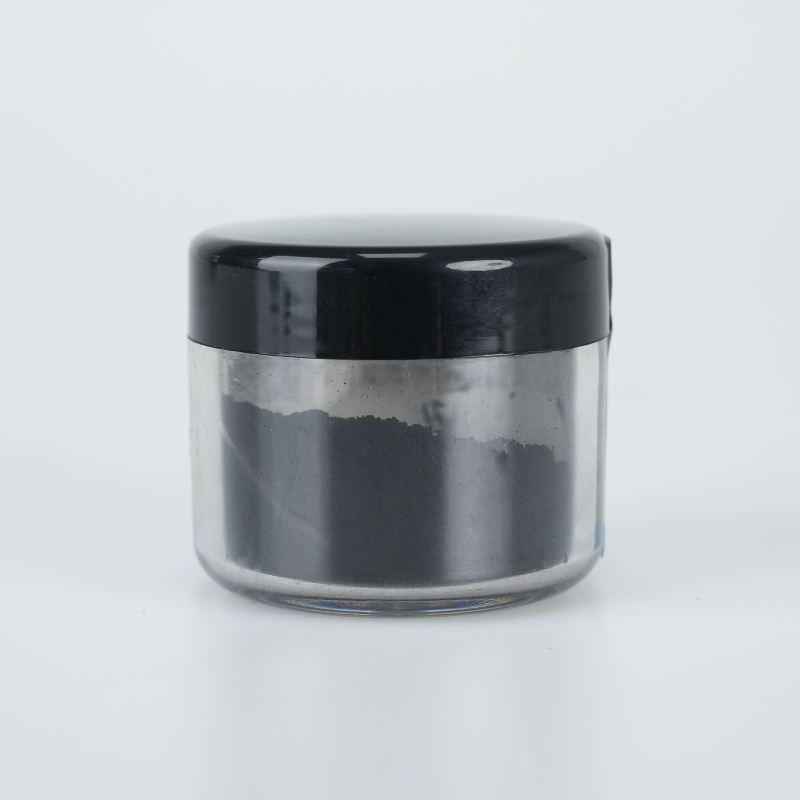Carboxylated liposomal nanoparticles provide optimized surface functionality, superior drug-loading efficiency, and enhanced bioavailability. Designed for pharmaceutical and biomedical applications, they ensure targeted delivery, extended stability, and high adaptability.
Product Overview
Carboxylated liposomal nanoparticles are self-assembled vesicles formed from lipid molecules, creating a bilayer structure. These nanoparticles are chemically modified to incorporate carboxyl groups, enhancing their functionality. Widely used in drug delivery, bioimaging, gene therapy, cosmetics, and skincare, carboxylated liposomal nanoparticles offer superior drug encapsulation efficiency and targeted delivery. They represent a highly efficient nanocarrier system for various therapeutic applications.
Key Features
- Enhanced Drug Stability: The carboxylation modification improves the encapsulation efficiency, preventing drug leakage or degradation.
- Improved Targeting: Can be conjugated with antibodies, peptides, and other targeting molecules to form a targeted drug delivery system.
- Enhanced Solubility: Carboxyl modification increases the solubility of drugs within the liposomal nanoparticles, allowing for encapsulation of a broader range of drugs.
- Excellent Biocompatibility: Liposomal nanoparticles inherently exhibit good biocompatibility, and the carboxyl group further enhances their safety and bioavailability.
Applications
- Drug Delivery: Serves as a drug carrier, delivering therapeutic agents precisely to the targeted site, improving treatment efficacy, and reducing side effects.
- Bioimaging: Liposomal nanoparticles can be engineered with fluorescent or magnetic properties to create high-sensitivity bioimaging probes for cellular, tissue, and tumor imaging.
- Gene Therapy: Acts as a gene vector, safely and efficiently introducing exogenous genes into cells for use in gene therapy.
| Item | Parameter |
| Appearance | Semi-transparent emulsion |
| Solvent | Water |
| Components | Lecithin, Cholesterol, Carboxylated PEG |
 new material
new material

